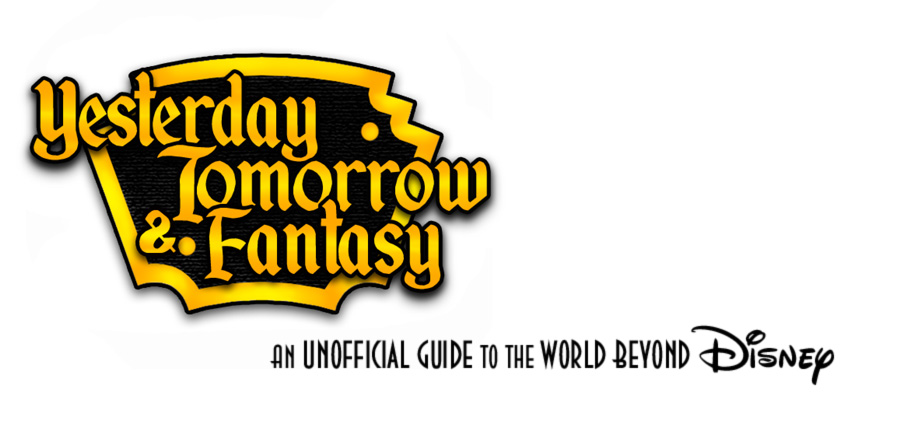1957 and 1958 coasted along fairly well for Disney, with a few hiccups. Walt started the experiment of taking True-Life Adventures to their next logical place, with his first (and only) "True-Life Fantasy"... A scripted film featuring animals. On October 10th, 1957, the first episode of the legendary Zorro series debuted. In 1958, Walt added to the largest model train set in the world with the addition of the Grand Canyon Diorama, the #3 engine, and a new station at Tomorrowland. That wasn't the only change in Tomorrowland either. Large parts of it went down for renovations, including the Viewliner train that only opened in 1957. On the other side of the park, the Sailing Ship Columbia, Fowler's Harbor, and the proper Alice in Wonderland ride opened. In September of 1958, Walt Disney's Disneyland on ABC becomes Walt Disney Presents. Apparently the need to so directly build up Disneyland's name recognition was no longer urgent.
 |
Guy Williams doing a public appearance in Frontierland, in character, in 1958.
Photo: Disney. |
The biggest blow to the company in this period came with Fess Parker's departure in late 1958, though they probably didn't really notice. After such a banner year in 1956, in which he carried the company's live-action films, Fess was severely underutilized through 1957 and '58. He only made one film for Disney in 1957 - Old Yeller - and another in 1958, and in both he was merely a supporting actor. Recognizing this, how his character was essentially the same in every film, and how little he was being paid by a demanding institution with so many fingers in so many pies that they could really care less about his well-being or career, he wanted to pursue other opportunities. Walt refused to lend him out to other studios for any role that did not conform to Disney's vision for him. This included missing out on a meaty role opposite John Wayne in The Searchers (which he only found out after the fact, when Walt told him in passing) and as Marilyn Monroe's leading man in Bus Stop. Therefore, when Fess was ordered to begin filming a bit part for Tonka in 1958, he refused. He was put on suspension, and eventually walked away from his contract.
What I find most notable about this period, though, is that so much of it is missing. Of the 20 films listed in this part, 10 are not available in any current format and a further four are not available in their theatrical form. Four of those films that are unavailable in theatrical form don't even have a recorded release date. Also of interest, three of those were "Tomorrowland" featurettes: Our Friend the Atom, Man and the Moon, and Man in Flight. In retrospect it would have been interesting to have had a second Walt Disney Treasures: Tomorrowland DVD with the theatrical versions of these shows and Man in Space and Mars and Beyond, as well as missing episodes like Magic Highway U.S.A. Maybe that could have gone alongside the People and Places DVDs that should have been made alongside the True-Life Adventures DVDs. The vast majority of the missing films in this section are People and Places shorts. Unfortunately both Walt Disney Treasures and the Walt Disney Legacy Collection DVDs stalled out long, long ago.




